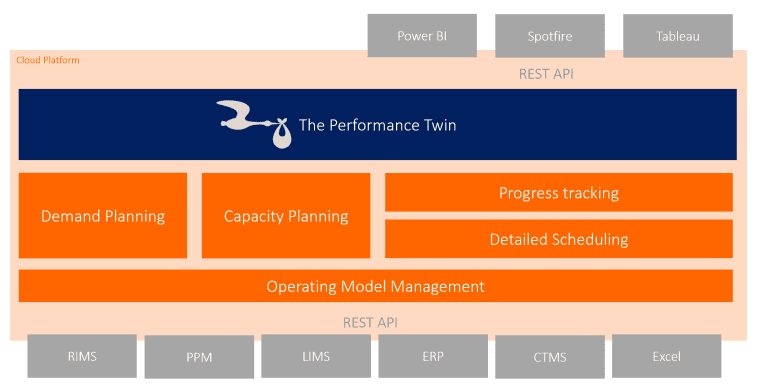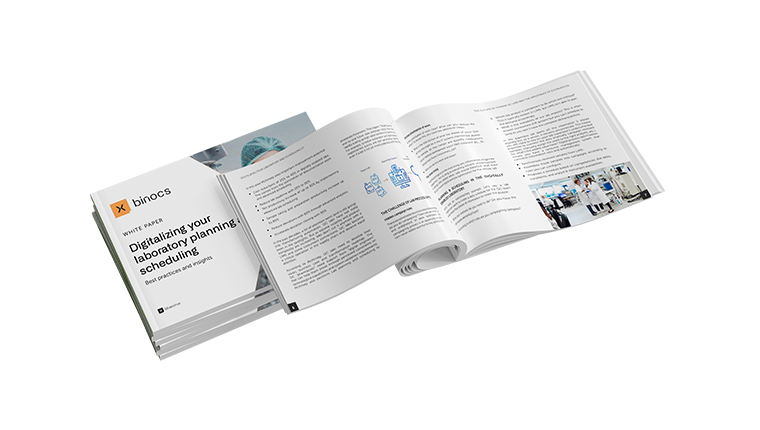
What is a digital twin?
You might have heard the term before but exactly what is a “Digital Twin”? Binocs is a “Digital Performance Twin”, so we’ll fill you in on everything you need to know to understand why this technology is so important.
What ISN’T a Digital Twin?
There is a lot of incorrect information surrounding Digital Twins. Let’s start with what is not considered a Digital Supply Chain Twin.
- A single data model in a planning solution
- A human-derived model
- A model of part of the supply chain
- A data lake
- A model that uses stale and/or static data
- A model that gets its parameters from ERP
- A set of data tables in a data warehouse
What IS a Digital Twin? Binocs is!
The term Digital Twin has become fairly common, although there remains a lot of confusion about its meaning.
The reality is that the definition has changed over time and as Digital Twins have been developed for different purposes.
While each purpose is, in its own right, valid and valuable, there are certain common features to all.
In brief, a digital twin is simply a virtual representation of a physical object or process that captures both its physical and behavioral characteristics.
Digital Performance Twin?
A Digital Performance Twin is a digital representation of the physical lab and supply chain that can be used to drive understanding and make decisions.
It is built from granular data to form a dynamic, synchronized, real-time, and time-phased representation of the various associations between the data objects and entities that ultimately describe and make up how the physical lab and supply chain operates.
Read more here: https://www.gartner.com/smarterwithgartner/the-cscos-guide-to-supply-chain-technology-innovations
Binocs: your organization’s new Digital Twin
The Binocs Performance Twin is a configurable platform that brings all performance data together in one single data hub that can be made accessible to all users. It also comes pre-loaded with a set of out-of-the-box dashboards and performance KPIs for QC and R&D labs.
With its easy-to-use, one-click insights the Binocs Performance Twin brings information to all layers and functions in the organization.
While the physical world only presents a picture of your present circumstances, a digital twin allows you to review the past and simulate the future. Binocs already includes analyzers for demand, capacity, and workload, providing a digital twin for the entire planning process.
Nevertheless, to effectively evaluate your organization’s performance, you also need more context and to include other aspects of your operations, such as first-time-right, compliance, and customer service data.
That’s what the Binocs Performance Twin brings to your organization: all performance information presented in compelling dashboards, providing visual management support for your Tier 1-2-3 meetings and other operational/tactical business interactions.
More on digital twins
-
Let data lead the way with the Binocs performance twin Planning and executing efficiently works better when it’s driven by data. With the Binocs performance twin, you get instant…Read more
-
Digital lean labs: taking the next step with Binocs
Most lab teams are familiar with standard lean principles but what about DIGITAL lean? Learn what you need to know about digital lean labs!Read more -
The ultimate guide for lab planning and scheduling digitalization
This comprehensive guide provides everything you need to know to successfully digitalize your laboratory planning and scheduling!Download now
Mathias Lasoen
Mathias is the Head of Growth Marketing for Binocs.






